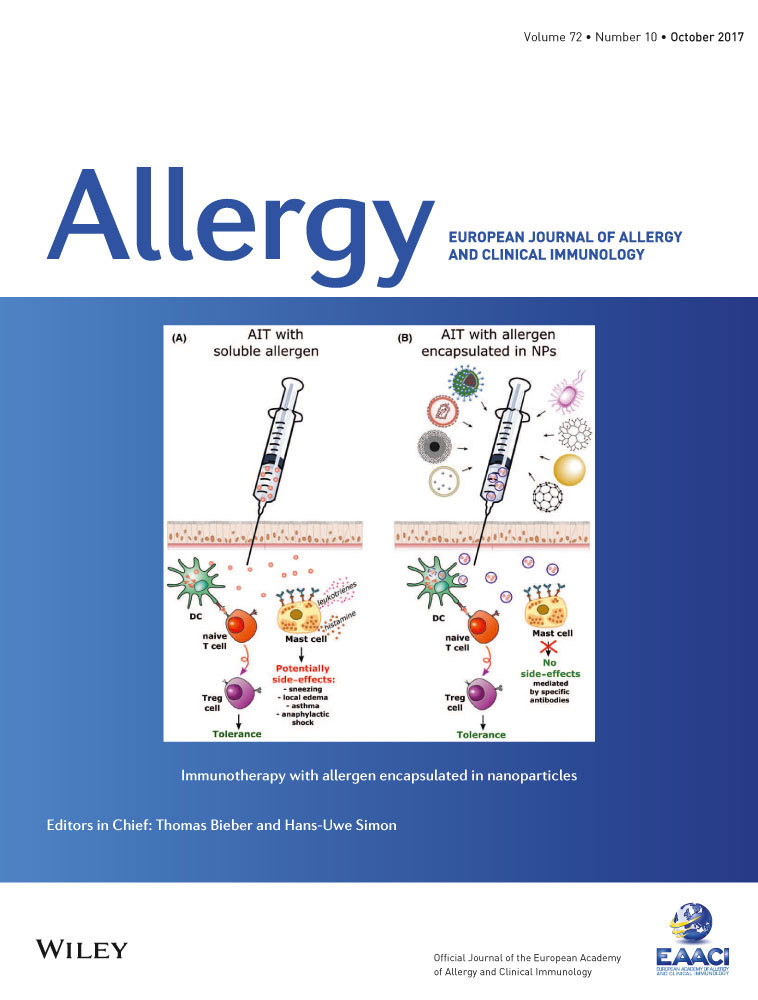Airway basophils are increased and activated in eosinophilic asthma
Abstract
Background
The impact of basophils on asthma pathogenesis remains largely unexplored, particularly in humans. Here, we evaluated the frequencies and activation status of basophils in the sputum of adult asthmatic patients and related our findings to other parameters of eosinophilic airway inflammation.
Methods
We enrolled 44 adult asthmatic patients who were being treated with inhaled corticosteroids (ICS). Analysis of the induced sputum, exhaled nitric oxide fraction (FeNO) measurement, and asthma control test (ACT) were carried out together with standard blood and pulmonary function tests. The cellular composition of the sputum was examined by flow cytometry, and the phenotypes of blood and sputum basophils were compared.
Results
Basophils were increased in the sputum of asthmatic patients. The expression of CD203c on sputum basophils was significantly higher than that on blood basophils. The percentage of sputum basophils was positively correlated with those of eosinophils and mast cells; it was also correlated with that of blood eosinophils and FeNO. However, sputum basophils were not correlated with serum IgE, lung function, or the percentage of blood basophils. A receiver-operating characteristic (ROC) curve showed the superiority of sputum basophils as a surrogate marker of the percentages of sputum eosinophils compared with absolute numbers of blood eosinophils and FeNO.
Conclusion
The number of activated basophils was increased in the sputum of patients with eosinophilic asthma and correlated with airway and blood eosinophils. Our observations suggest that sputum basophils may serve as a biomarker to monitor new therapeutic approaches for the treatment of eosinophilic asthma.
Abstract





